Ruta graveolens, Arutha
Original price was: ₹550.00.₹175.00Current price is: ₹175.00.
10 in stock
Size : Single Plant | Pot Included
Ruta graveolens, commonly known as Rue, Common Rue, or Herb-of-Grace. Arutha and “Rutha” appear to be common names or variations used in India and perhaps other regions.
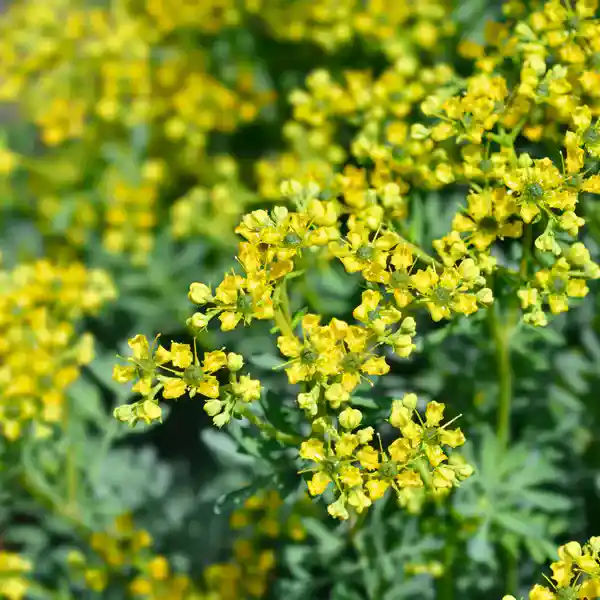
Here’s a guide to caring for Ruta graveolens, Arutha:
- Sunlight: Rue thrives in full sun, needing at least 6 hours of direct sunlight daily. It can tolerate partial shade, but flowering will be reduced.
- Soil: It prefers well-drained soil. Good drainage is crucial to prevent root rot. It can tolerate poor soil and even grow in gravelly conditions. If your soil is heavy clay, amend it with sand, perlite, or vermiculite to improve drainage. A slightly acidic to slightly alkaline pH is suitable.
- Watering: Once established, Rue is quite drought-tolerant. Water sparingly, allowing the soil to dry out between waterings. Avoid overwatering, especially in containers. Newly planted Rue will need more regular watering until it establishes.
- Temperature and Humidity: Rue prefers hot weather and low humidity, similar to its native Mediterranean climate. It is generally hardy and can tolerate temperatures down to -28°C (USDA zones 4-10). If grown in containers in regions with severe winters, provide some protection.
- Fertilizing: This plant is not a heavy feeder. Fertilizing is generally not necessary and can even promote excessive foliage growth at the expense of flowers. If you choose to fertilize, do so sparingly in the spring with a balanced, slow-release fertilizer.
- Pruning: Rue flowers on new growth. Prune in early spring by cutting stems back to about 6 inches to encourage vigorous new growth and prevent the plant from becoming leggy. You can also prune lightly after flowering in the fall.
- Potting and Repotting (if in containers): Use a well-draining potting mix. Unglazed clay pots are ideal as they allow excess moisture to escape. Repot when you see roots growing out of the drainage holes, usually every 2-3 years. Wear gloves when handling the plant as the sap can cause skin irritation.
Important Considerations:
- Toxicity: Be aware that rue leaves are toxic to both people and pets if ingested and the sap can cause phototoxic skin irritation (rashes upon exposure to sunlight). Wear gloves and protective clothing when handling the plant. Avoid planting it near walkways or areas where you might brush against it.
- Pests and Diseases: Rue is generally pest and disease-free. Caterpillars you might see are likely swallowtail butterfly larvae, which use Rue as a host plant and are beneficial to the garden. Root rot can occur in overly wet conditions.
- Propagation: Rue can be propagated easily from seeds sown in spring or directly outdoors after the last frost. It can also be propagated from semi-hardwood cuttings taken in late spring or early summer, or by division in the autumn.
Ruta graveolens, also known as Rue or Arutha, has a long history of traditional uses and some potential benefits, although it’s crucial to be aware of its toxicity. Here’s a breakdown of the documented benefits:
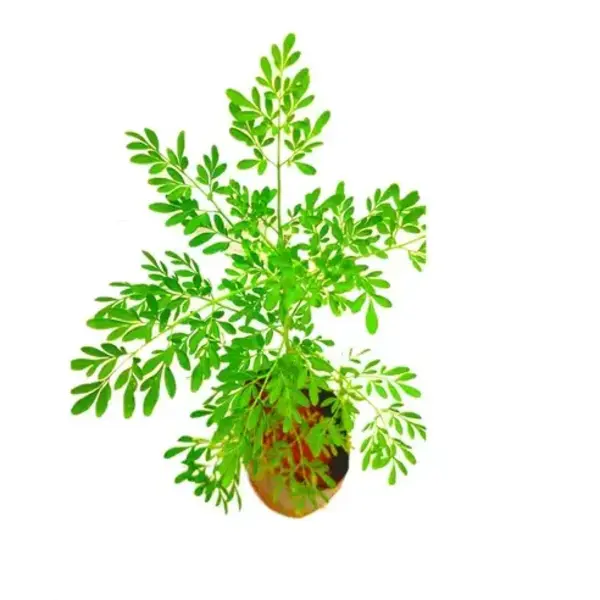
Traditional Medicinal Uses:
- Pain Relief: Traditionally used for muscle and joint pain, including arthritis, sprains, and injuries to tendons and ligaments. It’s believed to have analgesic and anti-inflammatory properties.
- Eye Problems: In traditional and homeopathic medicine, it’s used for eye strain, eye fatigue from computer use or reading, and related headaches.
- Menstrual Issues: Historically used to regulate menstruation, ease menstrual cramps, and even induce abortion (though this is highly dangerous and should never be attempted).
- Digestive Aid: Some traditional uses include improving digestion, relieving bloating and gas, and acting as an antispasmodic for muscle cramps in the digestive system.
- Wound Healing: Topically applied in some traditions to help heal bruises and minor wounds due to its anti-inflammatory and potentially antimicrobial properties.
- Nervine Support: Traditionally used to calm nerves and alleviate anxiety in some cases.
- Fever and Infections: In traditional Chinese medicine, it’s used to treat fever, colds, and some infections due to its potential antibacterial and antiviral properties.
- Insect Repellent: The strong scent of Rue has been used traditionally to repel insects.
- Other Uses: Historically used for conditions like varicose veins, intestinal worms, toothache, earache, and to promote urine flow (diuretic).
Potential Modern Benefits (Often Based on Traditional Use and Preliminary Research):
- Anti-inflammatory: Contains compounds like rutin and quercetin that have shown anti-inflammatory effects in studies.
- Antioxidant: Rich in flavonoids, which are potent antioxidants that can help protect cells from damage.
- Neuroprotective Potential: Some research suggests that compounds in Rue, particularly rutin, may have neuroprotective effects and could potentially be beneficial in neurodegenerative diseases.
- Antimicrobial and Antifungal: Extracts of Rue have shown activity against certain bacteria and fungi in laboratory studies.
- Anticancer Potential: Some in-vitro studies have indicated that Rue extracts may have anticancer properties by inhibiting cancer cell growth, but more research is needed.
- Blood Sugar Control: Some studies suggest Rue may help improve insulin function and aid in blood sugar control.
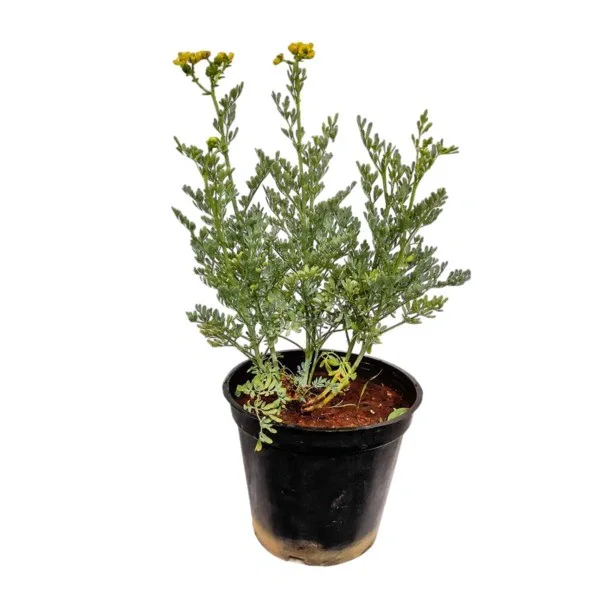
Important Note on Toxicity and Safety:
Rue is toxic if ingested in significant amounts, and its sap can cause phototoxic skin reactions.
- Internal Use: Should only be considered under the strict guidance of a qualified healthcare practitioner due to its potential for serious side effects, including liver and kidney damage, gastrointestinal issues, and miscarriage in pregnant women.
- Skin Contact: Always wear gloves and protective clothing when handling Rue to avoid skin irritation and phototoxicity (increased sun sensitivity leading to severe sunburn).
- Drug Interactions: Rue may interact with certain medications.
In conclusion, while Ruta graveolens (Arutha) has a history of traditional uses and some promising potential benefits, its toxicity necessitates extreme caution. It is not a herb to be used casually, especially internally. Any potential medicinal use should be under the supervision of a qualified healthcare professional.
Only logged in customers who have purchased this product may leave a review.

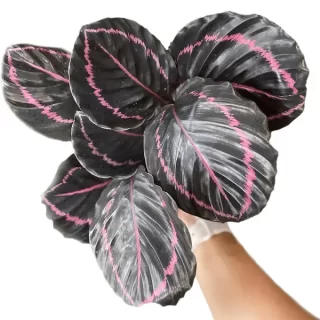


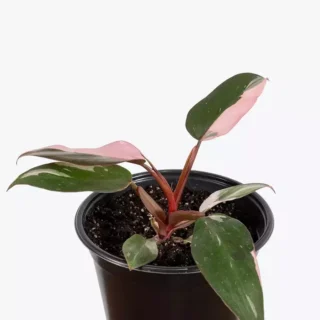

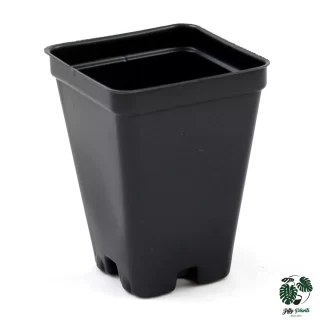

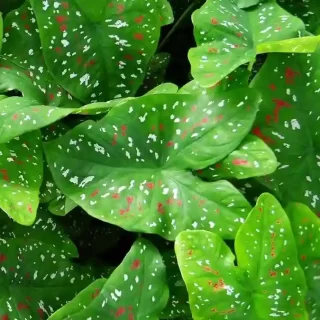
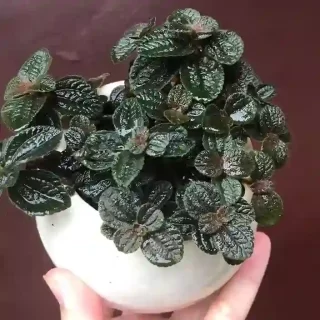

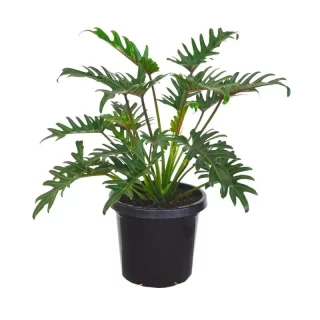
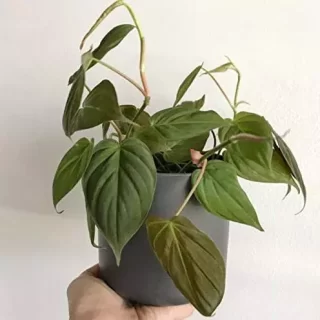
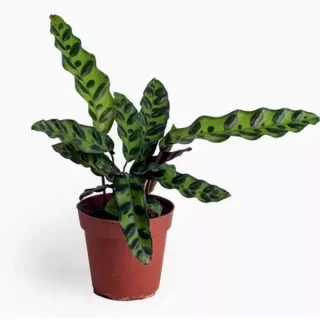

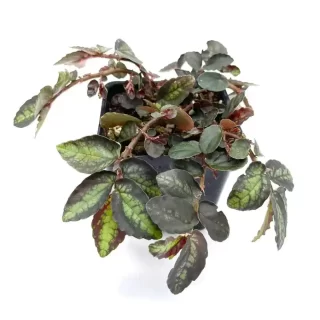
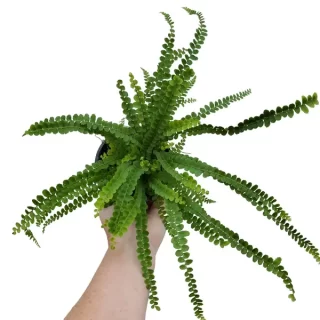
 If you need any assistance, I'm always here. Have you found what you were looking for?
If you need any assistance, I'm always here. Have you found what you were looking for?
Reviews
There are no reviews yet.